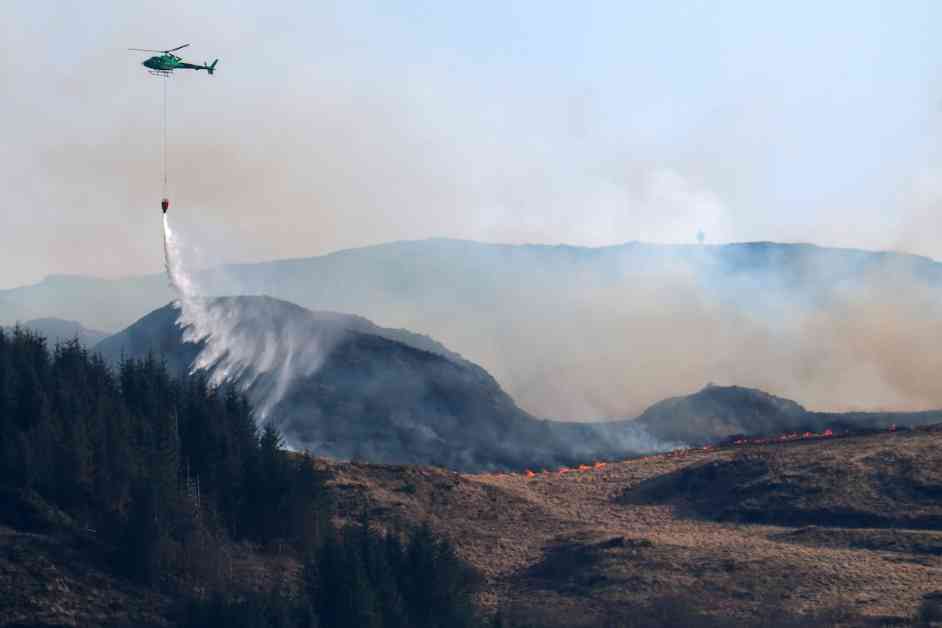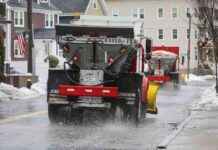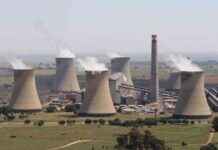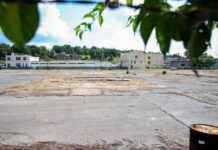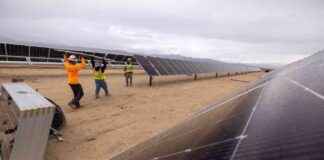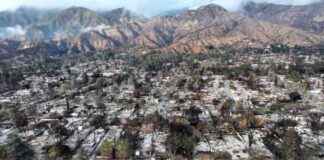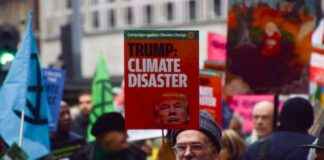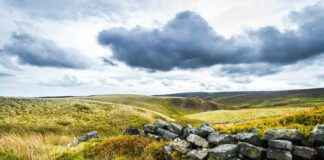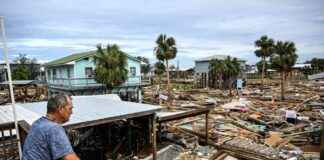A helicopter was busy putting out a wildfire with water on the Isle of Bute in Colintraive, Scotland on April 10, 2025. Jeff J Mitchell / Getty Images
Why you can trust us? Well, back in 2005, EcoWatch started out as an environmental newspaper in Ohio. They’ve since evolved into a digital platform that’s all about sharing top-notch, science-based content on environmental issues, causes, and solutions.
So, here’s the scoop: the total area scorched by wildfires in the United Kingdom this year is over 113 square miles. That’s more land burnt than in any single year over the past ten. The Global Wildfire Information System (GWIS) is the source of this fiery data.
In the UK, wildfires kicking off early in the spring are nothing out of the ordinary. According to BBC reports, the dry spell stretching from March through early April was a prime setup for these widespread blazes. Will Lang, the head honcho at the Met Office’s risk and resilience services, mentioned, “We had an exceptionally dry and sunny March.” He added, “This followed quite a wet autumn and winter, which can have the effect of increasing the vegetation that acts as fuel for any fire that does start.”
Over 80 wildfires have popped up since the start of 2025. But thankfully, recent wetter conditions have mostly put a stop to these destructive burns. Guillermo Rein, a fire science professor at Imperial College London, explained, “The vegetation is coming out of the winter and it has gone dormant, so it’s not growing, and therefore it’s very dry and doesn’t have water.” He went on to say, “Then in the spring, before you start to collect the water into the live tissue, there is a period where it’s very flammable.”
This year’s total burned land area has already surpassed the previous record set in 2019, which was 108 square miles. This info comes from GWIS data collected since 2012, as reported by the Daily Mail. Oliver Clayton, a spokesperson for the Met Office, mentioned that dry springs can amp up the risk of wildfires in heather heaths and grasslands. He said, “This is often due to the presence of dead undergrowth from the previous year, together with a lack of new plant growth that might otherwise impede the ignition and spread of fires.”
From April 2 to 8 alone, more than 180 square miles went up in flames — the highest weekly total ever recorded, the BBC reported. These early season burns mainly hit grass, shrubs, and heathlands, and they have some pretty complex ecological effects. Some plants, like heather, are actually adapted to living in areas prone to wildfires. However, super intense or frequent fires can mess with their natural recovery process.
Looking ahead, Guillermo Rein expressed some concerns about the upcoming summer. He pointed out that while there might be fewer fires, the ones that do happen could be larger and way more catastrophic. He said, “You can have 100 [small] wildfires across the whole country and all of them can be handled in one day, or you could have one summer wildfire that actually cannot be stopped in a week and actually goes on to burn houses.”
As the planet keeps heating up, scientists have been ringing alarm bells about the UK facing more extreme wildfire conditions. But remember, the weather can be a bit unpredictable from year to year. A recent study from the Met Office found that the severe wildfires in July 2022 were at least six times more likely due to human-caused climate change. Stephen Belcher, the chief scientist at the Met Office, had this to say, “The UK will see more frequent and intense heatwaves like we saw in the summer of 2022, when 40°C temperatures were reached for the first time in the UK.” He stressed the need to adapt quickly to handle these new weather extremes and future warming impacts.
Rory Hadden, a senior lecturer of fire investigation at the University of Edinburgh, noted that changes in land use could have a major impact on fire risk. He said, “One thing that seems to have consensus is that we are likely to see more fires and possibly worse fires with climate change.” So, he emphasized the need to be ready for this to become more common.

